The Fascinating Journey of Sphynx Cats from Egypt

Introduction
Sphynx cats are captivating creatures that have charmed their way into the hearts of cat lovers across the globe. With their hairless bodies, large ears, and affectionate personalities, these cats have a fascinating background that links them to ancient times. This article takes you through the captivating journey of Sphynx cats, from their early beginnings in Egypt to their rise as modern-day pets adored by millions.
Origins in Ancient Egypt: The Sacred Hairless Cats
Believe it or not, the Sphynx cat's roots can be traced all the way back to ancient Egypt, where hairless cats were considered sacred. Egyptian art and hieroglyphs often depicted these unique felines lounging alongside deities, hinting at their revered status. While these ancient cats might not be directly related to the modern Sphynx, they laid the groundwork for the admiration we have for this breed today. You can see the resemblance of their uniqueness in our guide The Unique Beauty of Sphynx Cats: A Comprehensive Guide. Check them out and see their unbelievable features.
A Modern Twist: The Birth of the Sphynx
Fast forward to the 1960s, when the modern Sphynx made its debut. In a surprising twist of fate, a domestic cat in Canada gave birth to a hairless kitten, sparking widespread curiosity among cat breeders. This quirky, fur-free feline marked the beginning of a new breed. Breeders recognized its potential and worked diligently to stabilize its genetics, leading to the Sphynx we know and love today—playful, affectionate, and full of personality. Want to know their personality? Have a look in our article, Sphynx Cat Personality: Understanding Their Unique Traits, to discover and realize their super pleasing personalities.
Distinctive Characteristics: More Than Just Hairless
What makes Sphynx cats so unique isn’t just their lack of fur. They have distinct physical traits, such as their prominent ears, wrinkled skin, and large, expressive eyes. Despite their “naked” appearance, they are surprisingly warm to the touch, thanks to their high metabolism, which helps regulate their body temperature. Do they grow any hairs? Well, you can explore more about it in our blog, Can Sphynx Cats Really Grow Hair?: Unlocking the Mystery, to know whether they grow even just a few hairs or none at all. Their quirky looks are matched by equally entertaining personalities—they are known to be affectionate, social, and full of energy, always ready to explore and play.
The Great Hypoallergenic Myth: Are Sphynx Cats Truly Allergen-Free?
Sphynx cats are often believed to be hypoallergenic, which is one reason they’ve gained popularity. But here’s the truth: no cat is completely hypoallergenic. While the Sphynx produces fewer allergens because it doesn’t have fur, those with severe allergies should still spend time with one before committing to ownership. The myth persists, but careful exposure is essential for potential Sphynx owners with allergies. Learn about it if sphynx cats are truly hypoallergenic in our guide, Are Sphynx Cats Truly Hypoallergenic.
Care Tips: Keeping Your Sphynx Cat Healthy and Happy
Unlike your average furry feline, Sphynx cats require a little extra TLC. Since they lack fur, they need regular baths to remove oils that would otherwise accumulate on their skin. Their large ears also need frequent cleaning to prevent wax buildup. Additionally, because they don’t have fur to protect them, they are more sensitive to temperature changes. But don’t let these additional tasks deter you—many Sphynx owners find the care routine to be a bonding experience, and these affectionate cats make it all worth it.
The Sphynx Cat Phenomenon: Rising Popularity in the Modern World
Over the past few decades, Sphynx cats have gained a devoted following. Their distinct look and lovable personalities have helped them become stars on social media, cat shows, and in the homes of people who appreciate their unique charm. Whether they’re cozying up to their owners or strutting their stuff online, Sphynx cats never fail to capture attention.
Genetics: The Role of Mutation and Breeding
The Sphynx cat’s iconic hairlessness stems from a natural genetic mutation. Breeding these cats to ensure their distinctive look while maintaining their health is a delicate balance. Responsible breeders focus on maintaining the health and wellbeing of the Sphynx to prevent any genetic health issues associated with their distinct traits, ensuring that the breed can thrive for generations to come.
The Joys and Challenges of Owning a Sphynx Cat
Having a Sphynx cat is both a joy and a responsibility. Due to their sensitive skin, Sphynx cats are prone to sunburns and need protection from cold weather, making indoor living a must. However, their affectionate nature and unique quirks make them delightful companions. Sphynx cats form incredibly strong bonds with their humans, bringing endless joy with their loving, playful antics. Want to know the pros and cons of adopting one? Don't worry because we got you. Explore those things with our guide, Sphynx Cat Adoption: Pros and Cons.
Conclusion: A Breed That’s Here to Stay
From ancient Egypt to modern living rooms, the Sphynx cat has made an incredible journey. Their undeniable charm, playful spirit, and deep bonds with their owners make them one of the most fascinating and beloved breeds in the feline world. Owning a Sphynx is not just about embracing their striking appearance; it’s about celebrating a breed with a history as unique as their looks.
If you’re curious to learn more about Sphynx cats, check out our fun article on "The Unbelievable Antics of Fat Sphynx Cats"—a delightful look at the quirks and charm of these lovable felines.
Do you feel that it is now your time to adopt one? Contact Us. We'll be more than happy to serve you. You can visit and Check Our Available Hairless Sphynx Cats for Sale and learn about the Adoption Process to unravel your new journey with these magnificent feline 'com-paw-nions'! Start it today and do not miss out!

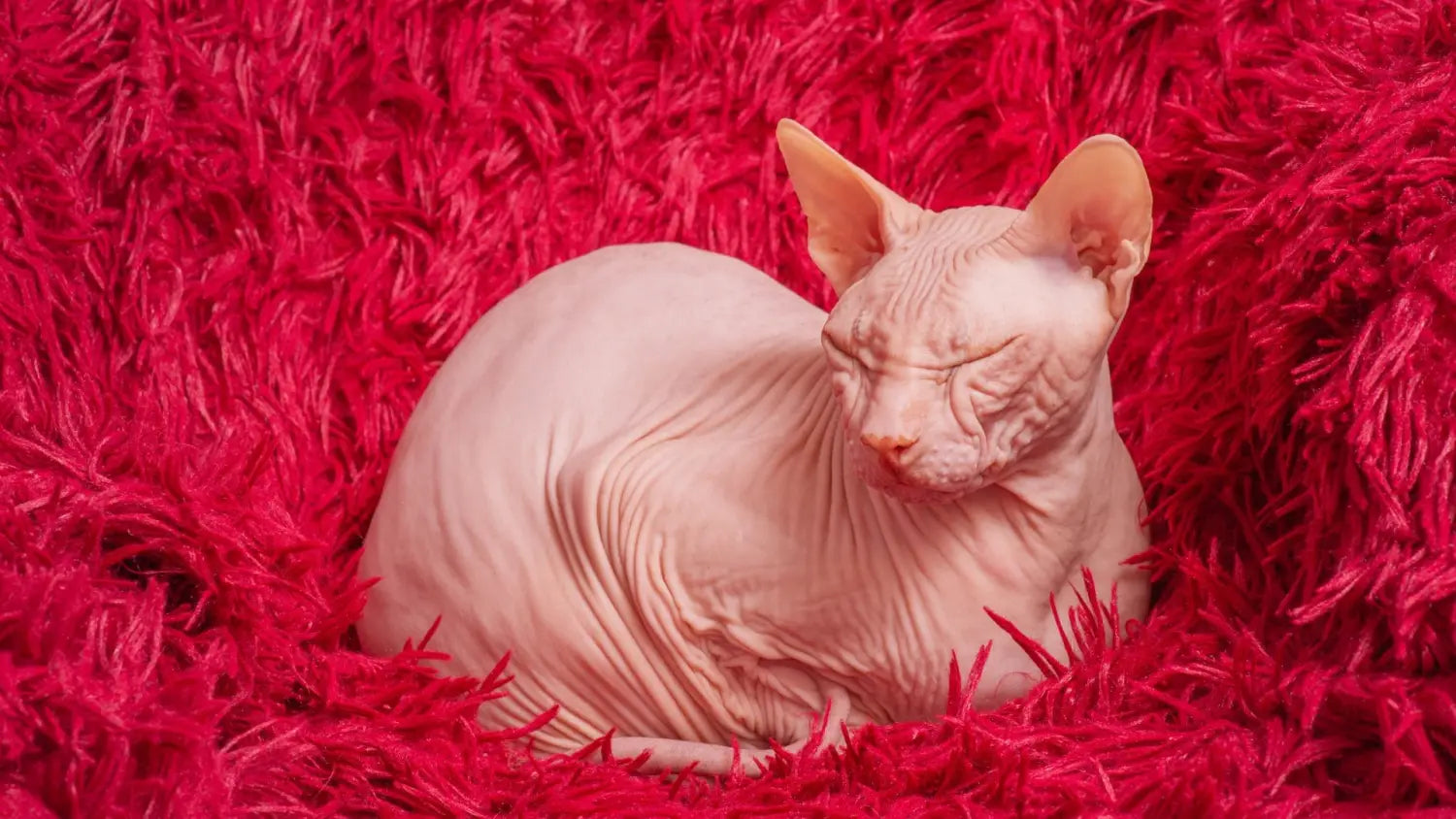
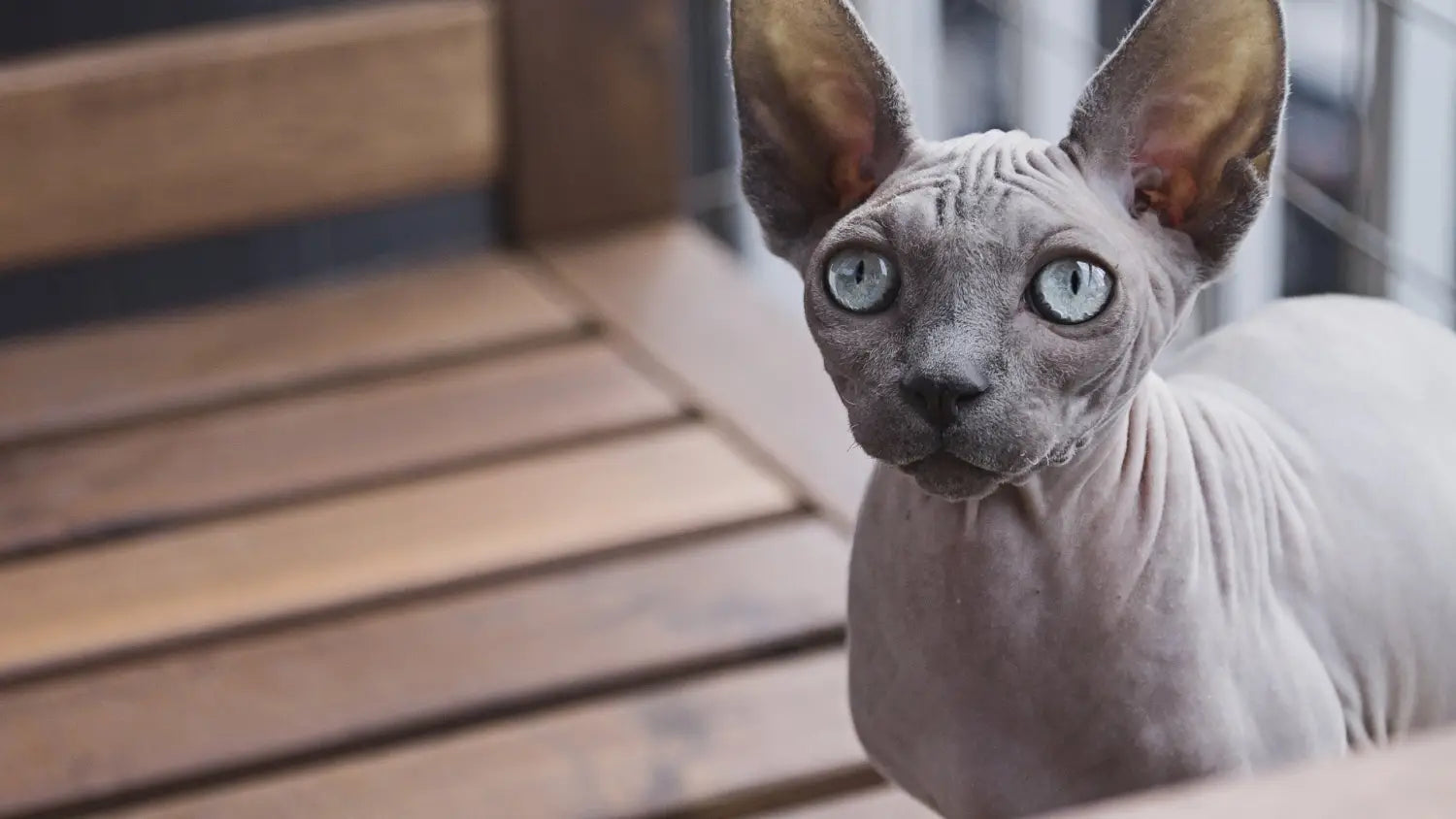
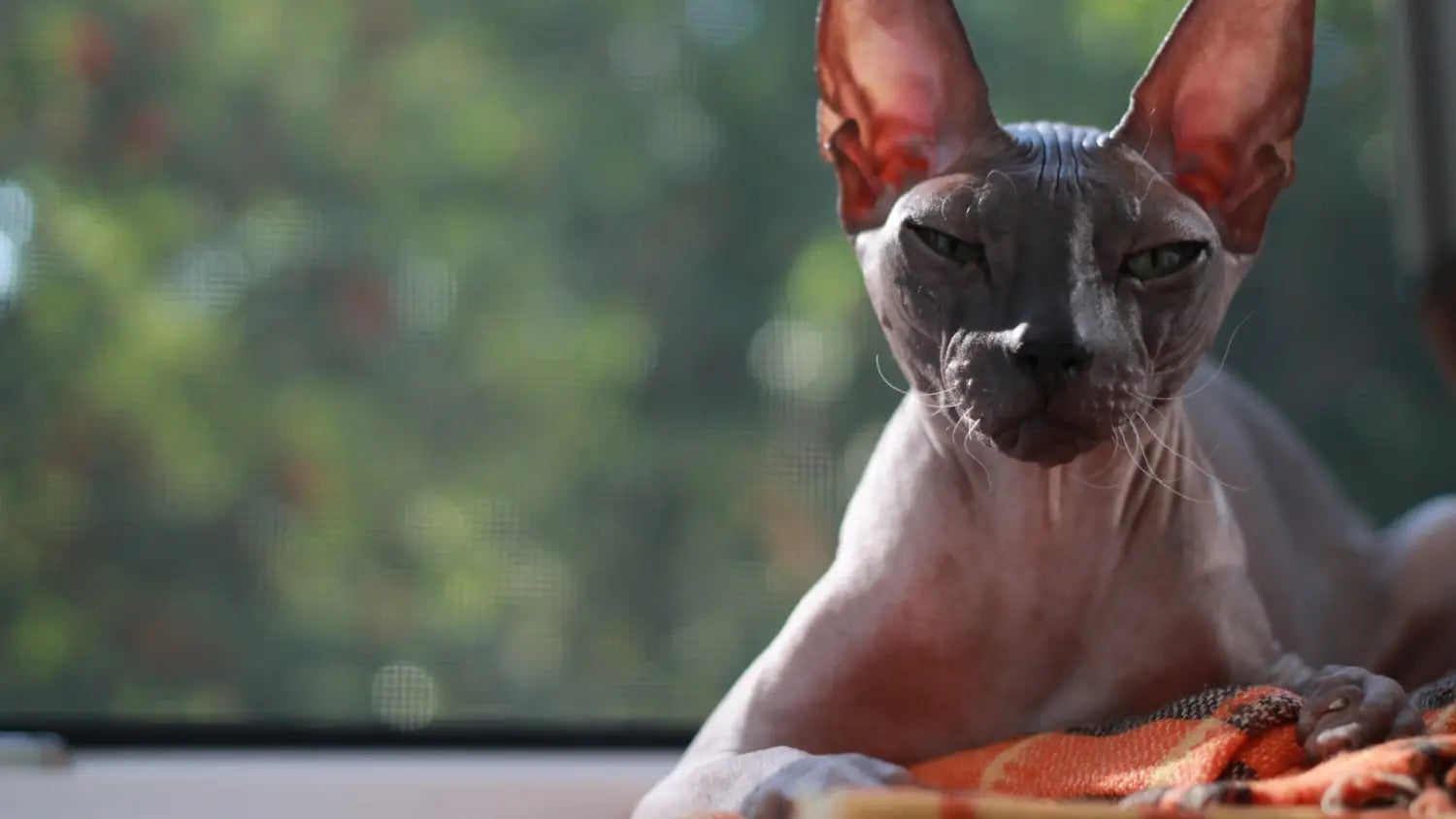

























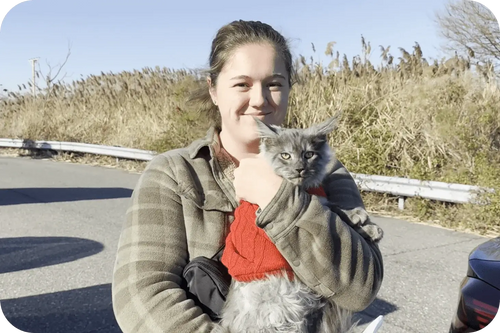
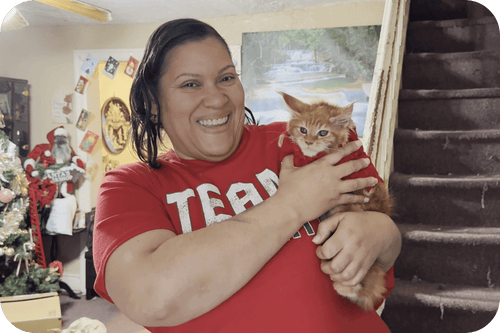




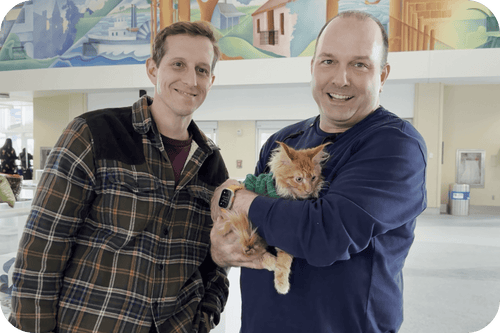


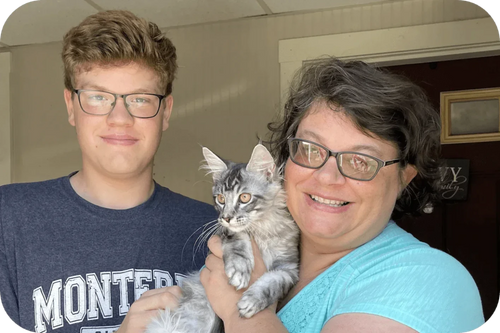




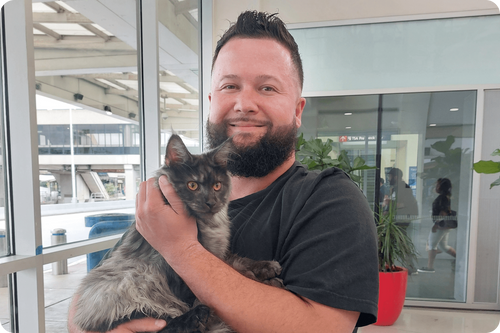











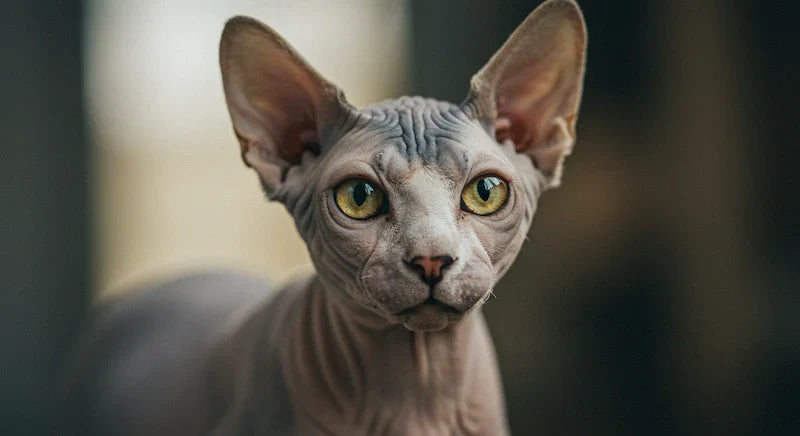
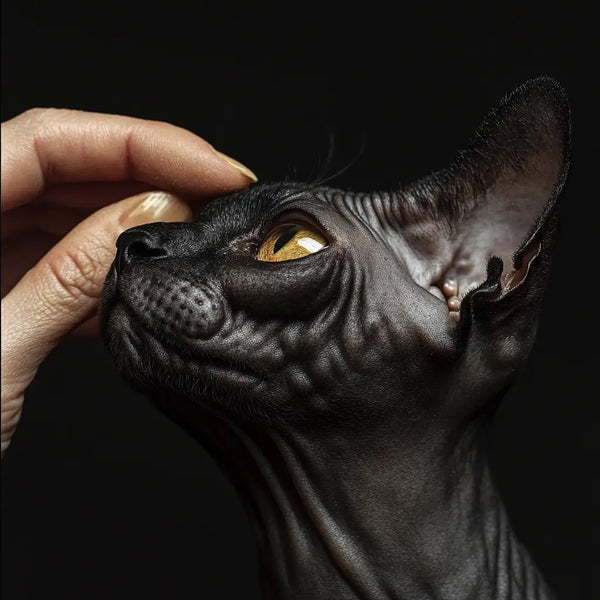

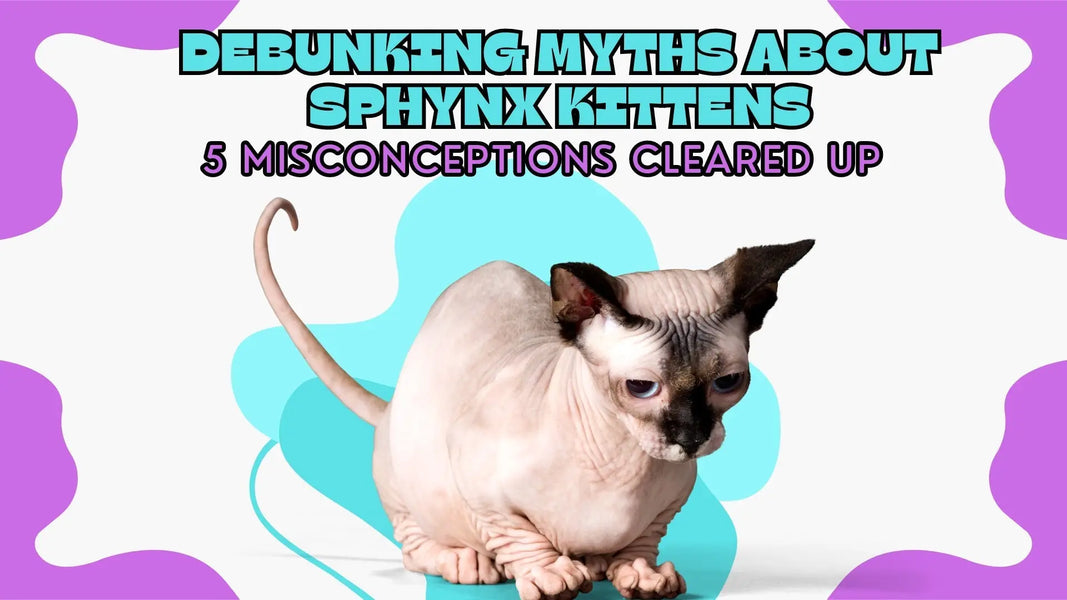
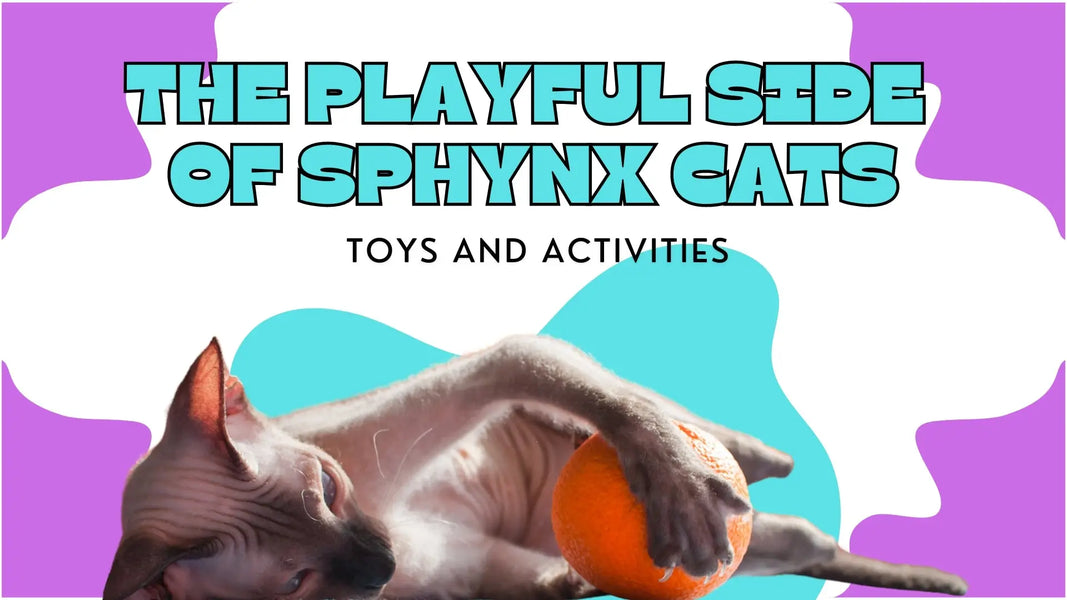




Comments(0)